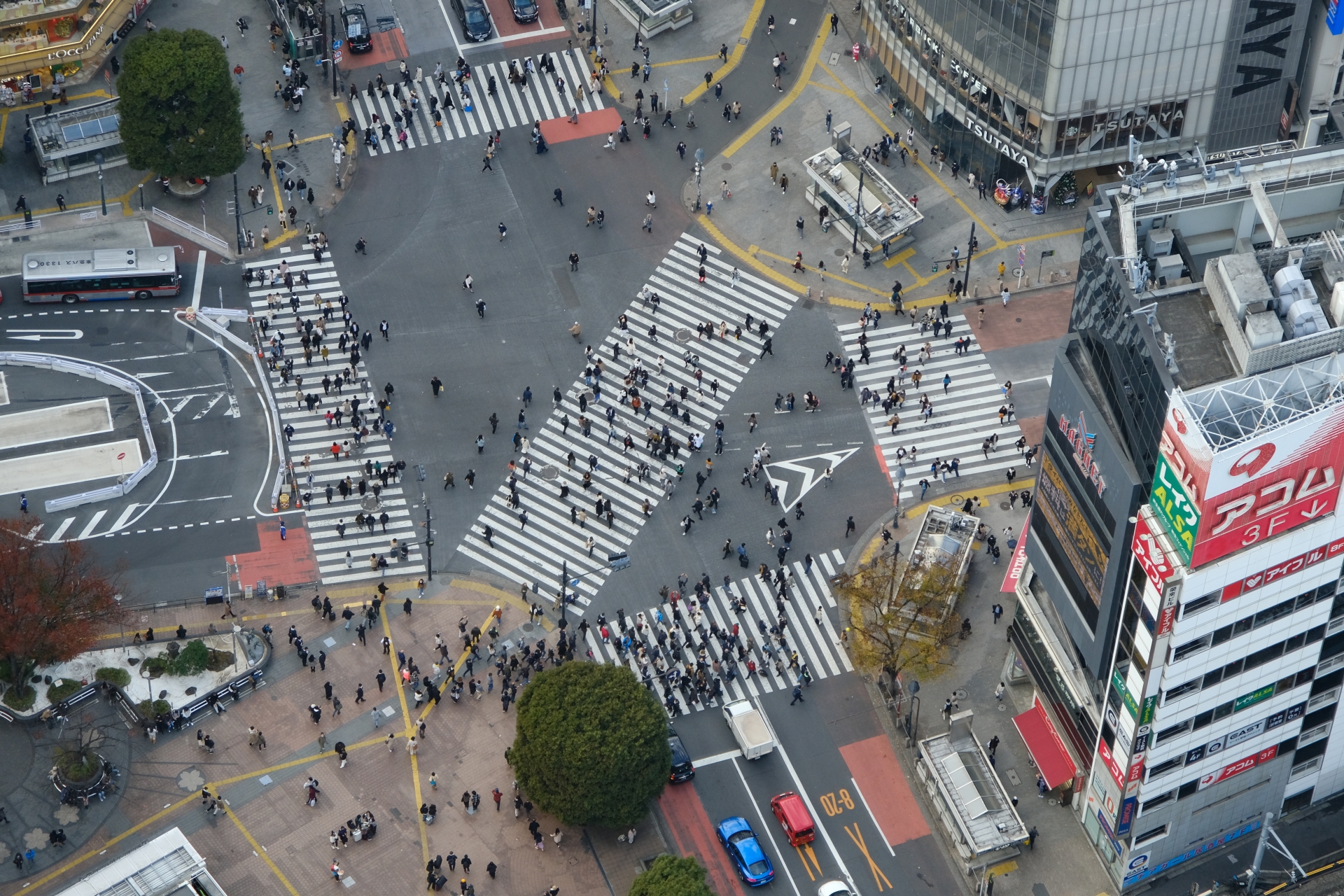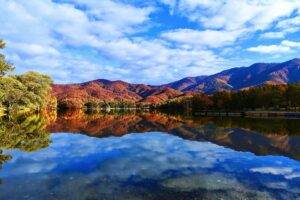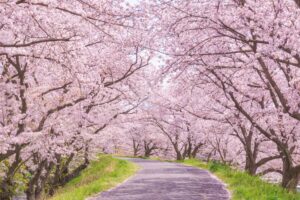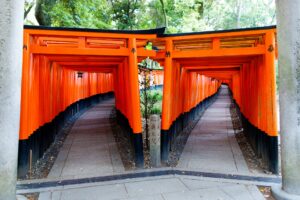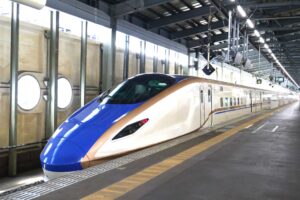Shibuya Scramble Crossing is more than just the world’s busiest pedestrian intersection—it’s a symbol of modern Tokyo and a must-see for travelers. In this guide, we’ll uncover the best times to visit, historical context, photography tips, and insider spots around the crossing you shouldn’t miss.
What is Shibuya Scramble Crossing?
Located just outside Shibuya Station’s Hachiko Exit, Shibuya Scramble Crossing is the epitome of Tokyo’s dynamic, fast-paced energy. What makes it so unique? All traffic lights at the intersection turn red simultaneously, allowing up to 3,000 people to cross from every direction at once during peak hours. This “scramble” effect, where people pour into the intersection from all sides, is both visually stunning and a powerful symbol of urban synchronization.
The crossing has become an emblem of Japan’s capital city—frequently appearing in films like Lost in Translation, music videos, commercials, and international travel documentaries. More than just a road, Shibuya Crossing is a cultural landmark, representing the blend of order and chaos that defines modern Tokyo. Whether you’re here for photography, people-watching, or simply soaking in the pulse of the city, it’s a quintessential Tokyo experience.
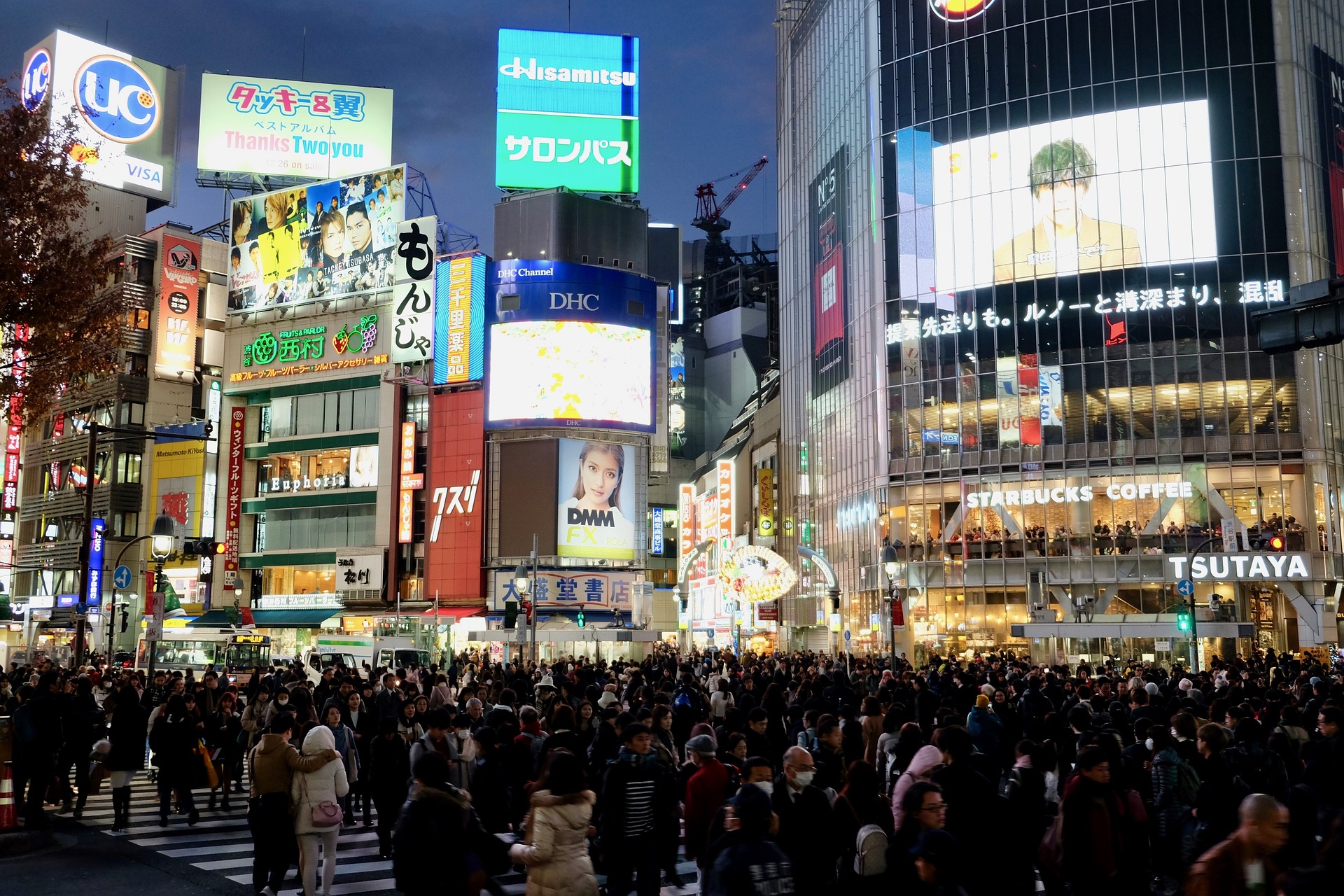
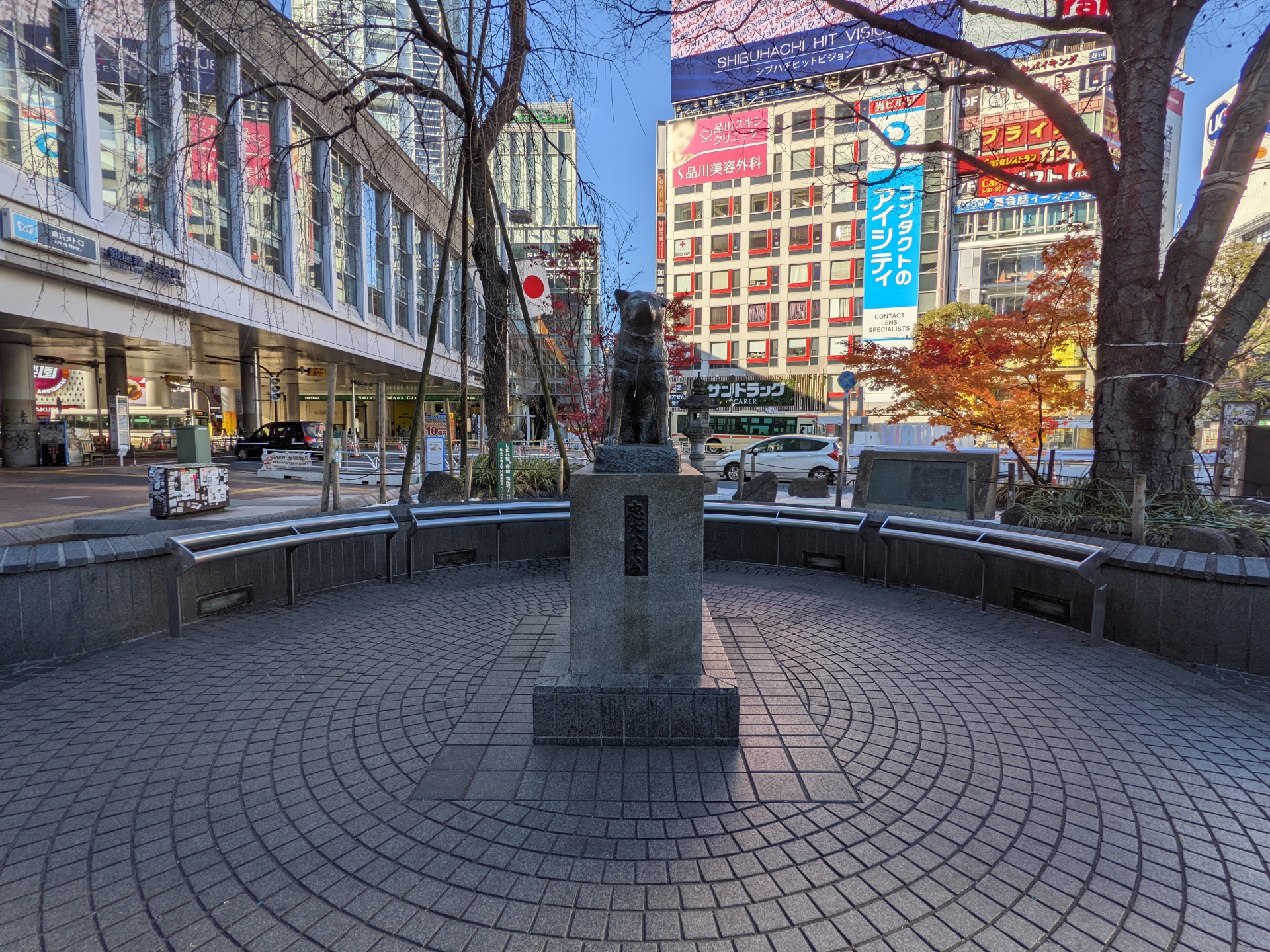
How to Get to Shibuya Crossing

Getting to Shibuya Scramble Crossing is easy and well-signposted, especially for first-time visitors. The most direct route is via the JR Yamanote Line—Tokyo’s iconic green loop line. Exit at Shibuya Station and follow signs to the Hachiko Exit, which opens directly onto the crossing.
Other lines serving Shibuya Station include the Tokyo Metro Ginza Line, Hanzomon Line, Fukutoshin Line, Keio Inokashira Line, and Tokyu Toyoko/Den-en-toshi Lines. No matter your starting point in Tokyo, you’ll likely find a direct train.
Tip for first-timers: The station is large and can be confusing. Look for the Hachiko statue signs—they’ll guide you to the correct exit. If you arrive underground, follow the flow of people or ask for directions; most locals are happy to help.
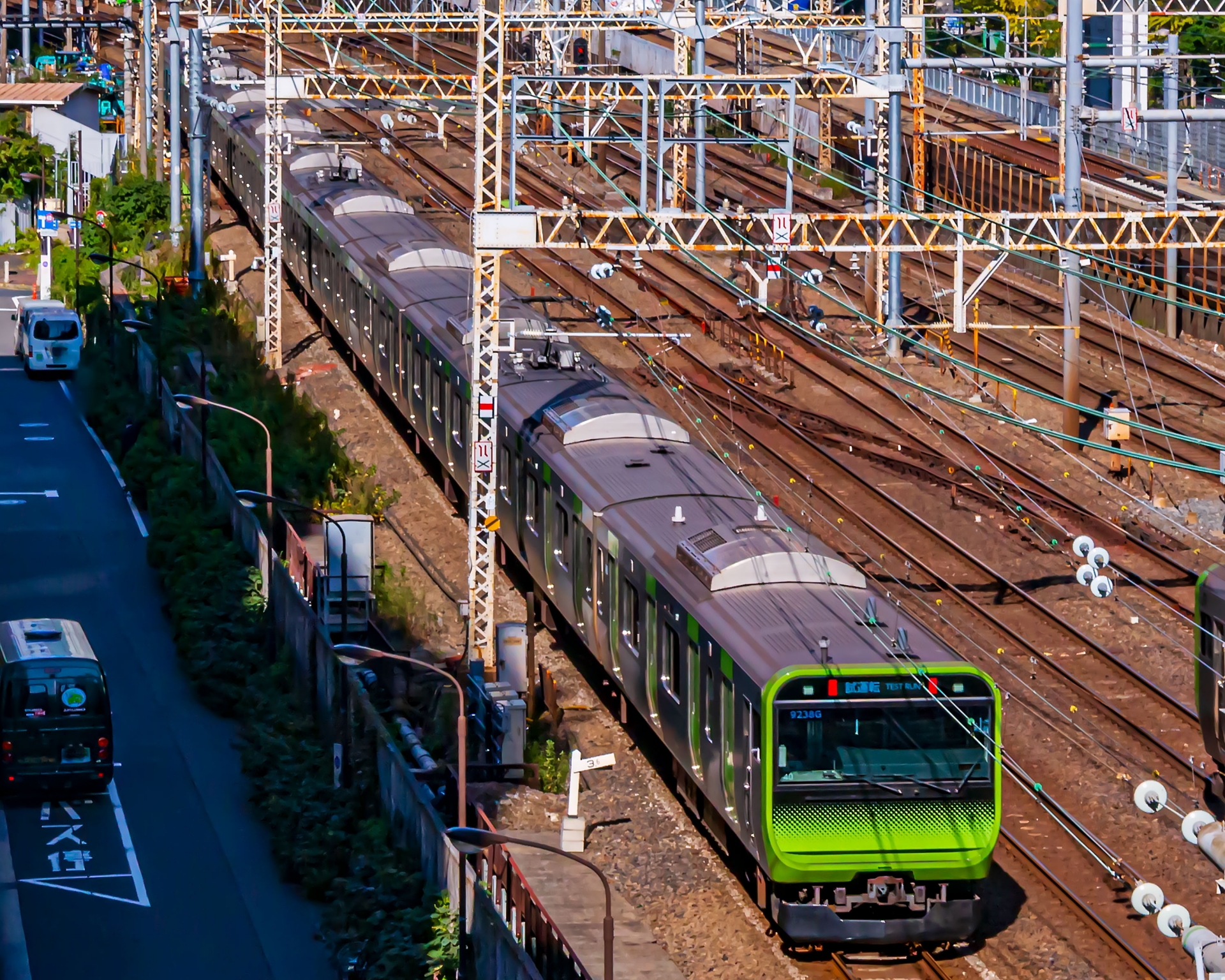
Best Times to Visit and What to Expect
To truly appreciate the magnetism of Shibuya Crossing, timing matters.
Evening (6–9 PM): This is the best time to witness the crossing lit up with vibrant neon signs and giant LED screens. The city’s glow is perfect for long-exposure photography or video.
Midday (12–2 PM): Ideal for capturing the sheer volume of foot traffic. Thousands of pedestrians flood the streets, and the energy is contagious.
Weekends vs. Weekdays: Saturdays and Sundays are the busiest—great for those wanting the full immersive experience. Weekdays offer a slightly calmer, yet still electric, atmosphere.
Expect a chaotic beauty. The lights stop, the crossing opens, and a wave of humanity floods the space—then vanishes just as quickly. Despite the crowd, it’s surprisingly orderly. Locals and tourists alike maneuver with confidence and calm, reflecting the social choreography that defines Japanese public life.
Top Photo & Video Spots Around the Crossing
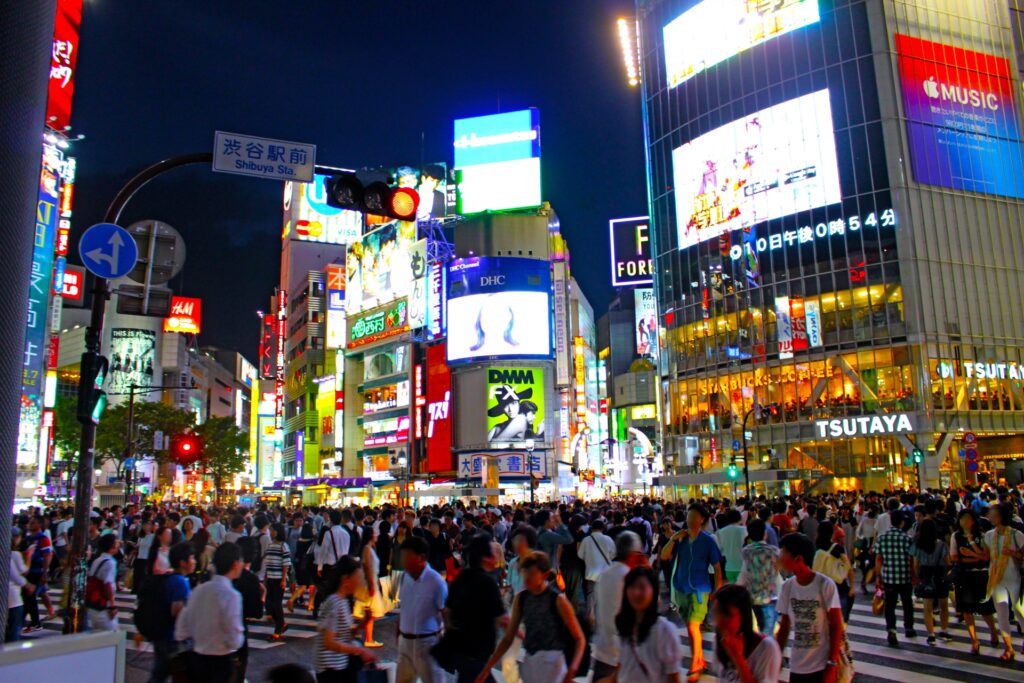
For the perfect Instagram or YouTube shot, try these top 10 photo spots around Shibuya Crossing:
| Location | View Quality | Crowd Level | Accessibility |
| Shibuya Sky (rooftop) | ★★★★★ | Medium | Ticketed |
| Starbucks Tsutaya (2F window) | ★★★★☆ | High | Easy (free w/ drink) |
| Magnet by Shibuya109 Rooftop | ★★★★☆ | Medium | Paid (MAG’s PARK) |
| Shibuya Station Walkway (2F) | ★★★★☆ | Low | Free, direct from station |
| Hikarie Sky Lobby | ★★★☆☆ | Low | Free, 11th floor |
| L’Occitane Café (2F window) | ★★★★☆ | Medium | Paid (café) |
| Street-level by Tsutaya | ★★★☆☆ | High | Free, outdoor |
| Shibuya Excel Hotel Tokyu | ★★★★☆ | Low | Guests or restaurant patrons only |
| Center Gai entrance | ★★★☆☆ | High | Free, dynamic angle |
| Station-side escalator view | ★★★☆☆ | Medium | Free, fast-moving shots |
For video creators: try placing your camera on the Starbucks window ledge for a time-lapse of the scramble. For drone-style shots without a drone, Shibuya Sky is unbeatable.

The History Behind the Scramble: Past vs. Present
Originally just a functional intersection, Shibuya Scramble Crossing rose to fame in the 1970s and ’80s alongside Tokyo’s economic boom. As the city’s youth culture centered in Shibuya grew, so did the crossing’s identity as a symbol of modernity and motion.
The opening of mega-developments like Shibuya Hikarie and Shibuya Stream in the 2010s marked the area’s transformation into a futuristic cityscape. Shibuya was no longer just trendy—it became a multi-layered urban marvel.
It’s also a cinematic darling. From The Fast and the Furious: Tokyo Drift to Resident Evil: Afterlife, its cinematic appeal helped immortalize the crossing globally.
Nearby Attractions: What to Do After Crossing
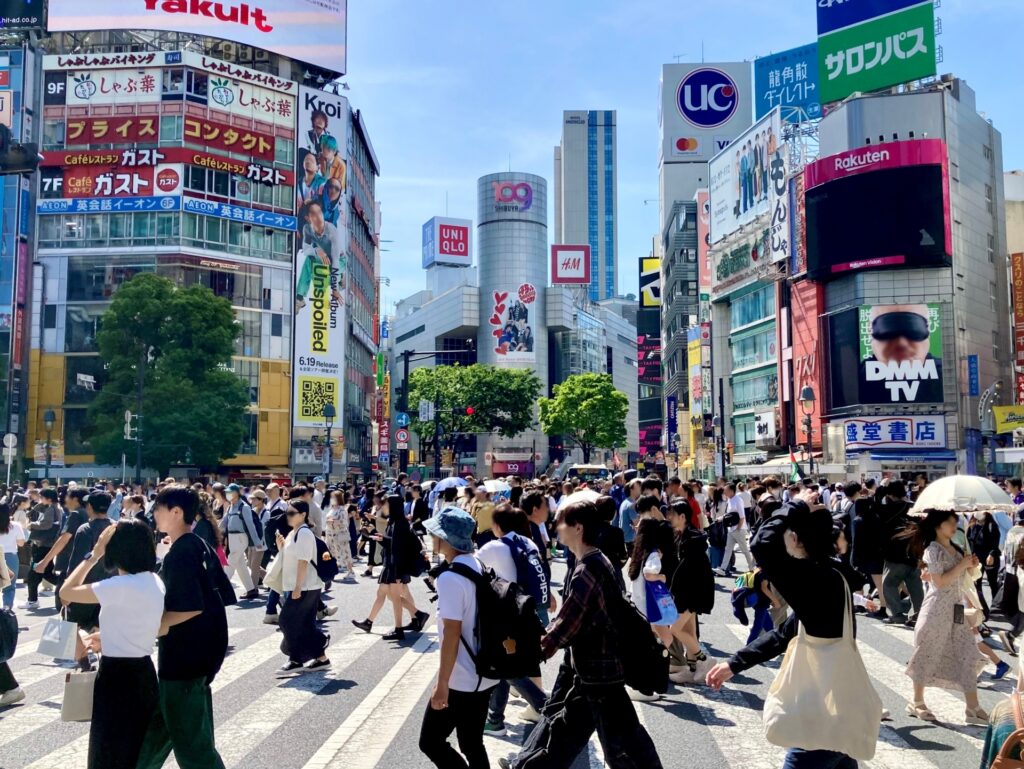
Your Shibuya adventure doesn’t end at the intersection. Nearby must-sees include:
- Hachiko Statue: Tokyo’s most beloved dog and a touching story of loyalty.
- Shibuya Sky: A rooftop observatory with 360° panoramic views.
- Shibuya 109: A mecca for youth fashion and Tokyo streetwear.
- Nintendo Tokyo in Shibuya Parco: Gamer’s heaven.
- Uobei Sushi: Conveyor belt sushi with high-tech ordering.
- Center Gai: Bustling with arcades, bars, and music shops.
🚶 Suggested walking routes:
- Pop Culture Trail: From Hachiko → Shibuya 109 → Parco → Loft → Tower Records.
- Sky to Scramble Loop: Start at Shibuya Sky → down through Hikarie → Hachiko statue → Starbucks for final view.
Where to Chill: Hidden Cafes and Rooftop Bars Nearby
When the crowds get overwhelming, escape to these hidden gems:
- And People Cafe: Magical fairy-light interior, perfect for date nights.
- The Rooftop Bar (CÉ LA VI Tokyo): Elegant cocktails with panoramic views.
- Cafe Miyama Shibuya: Retro 70s vibes, cozy booths, great for journaling or reading.
- VANDALISM Tokyo: Art café with live DJ events and signature drinks.
- Shibuya Granbell Hotel Lounge: Stylish lounge space open to non-guests.
These spots offer a tranquil break while keeping you within reach of the action.
Summary: Why Shibuya Crossing is a Must-See Tokyo Experience
Shibuya Scramble Crossing is more than a place—it’s a pulse point of Tokyo. It symbolizes Japan’s harmonious chaos, a stunning display of human movement and city life. Whether you’re here for the shot, the vibe, or the story, it’s a moment you’ll want to capture and remember.
Before you leave, take a deep breath at the center of the crossing, feel the energy around you, and then dive into the many layers of Shibuya waiting just a step away.

